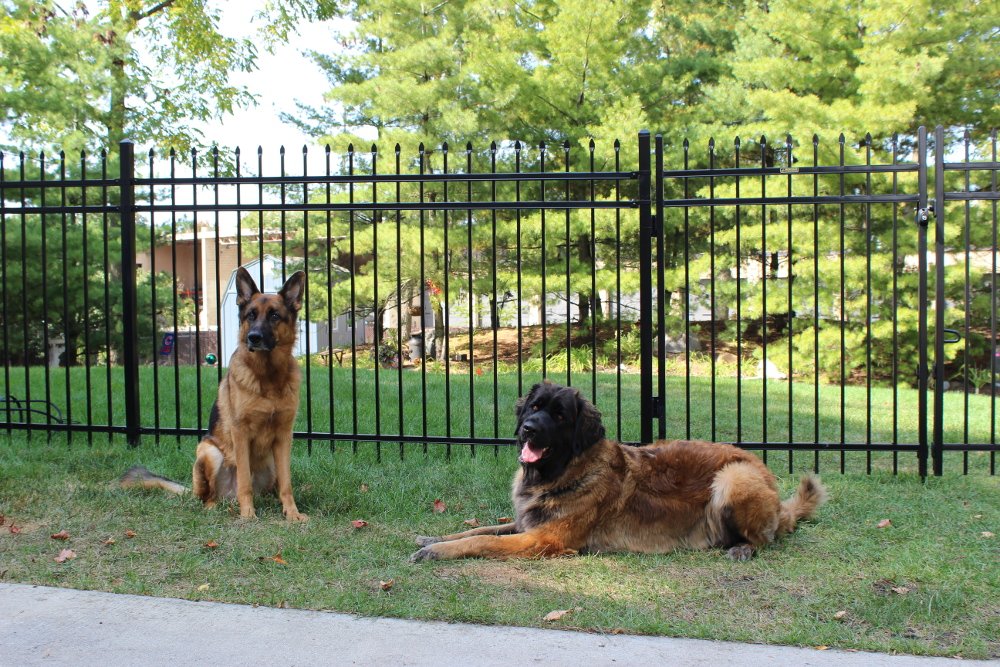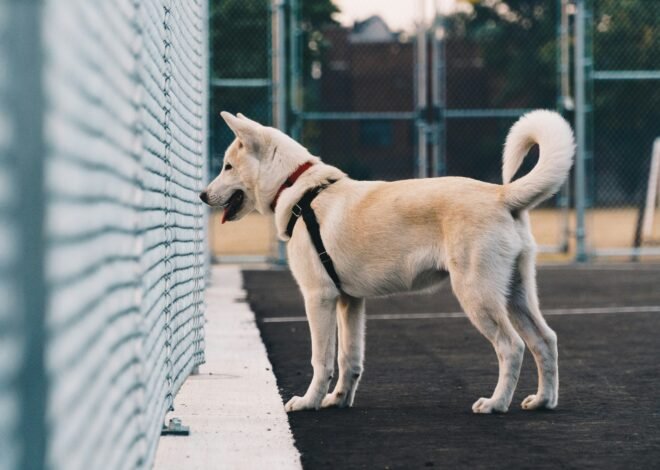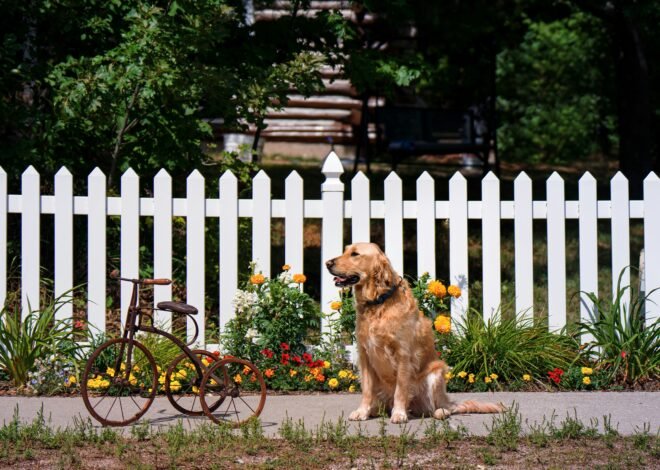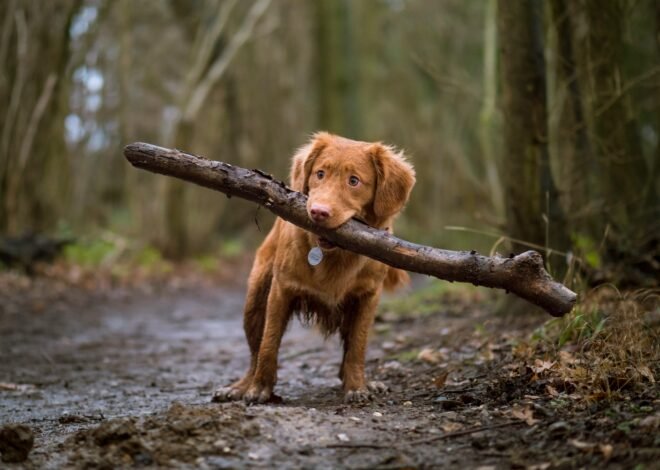
Common Mistakes to Avoid with Dog Fences
Installing a dog fence is a significant investment in your pet’s safety and wellbeing, but it’s essential to do it right. Unfortunately, many pet owners make common mistakes that can compromise the effectiveness and safety of their dog fences. In this article, we’ll highlight some of the most common mistakes to avoid when installing and using a dog fence.
- Neglecting Proper Training
One of the most critical steps in ensuring the success of a dog fence is proper training. Many pet owners make the mistake of assuming that their dog will instinctively understand the boundaries of the fence. However, without proper training, dogs may not recognize the invisible boundaries or understand the consequences of crossing them.
- To avoid this mistake, invest time and effort in training your dog to understand and respect the boundaries of the fence. Use positive reinforcement techniques such as treats, praise, and consistent training sessions to teach your dog where they can and cannot go.
- Incorrect Boundary Placement
Another common mistake is placing the boundary of the dog fence incorrectly. Whether you’re installing a wireless system or burying wires for an electric fence, it’s crucial to guarantee that the limit is set up in a manner that gives sufficient room to your dog to roam comfortably without straying into restricted areas.
- Avoid placing the boundary too close to potential hazards such as roads, driveways, or neighboring properties. Additionally, consider the layout of your yard and any landscaping features that could interfere with the effectiveness of the fence, such as trees, bushes, or uneven terrain.
- Inadequate Maintenance
Proper maintenance is essential for ensuring the longevity and effectiveness of a dog fence. Many pet owners make the mistake of neglecting regular maintenance tasks such as checking for damaged wires, replacing batteries, or adjusting the boundary settings as needed.
- To avoid this mistake, establish a routine maintenance schedule for your dog fence and stick to it. Regularly inspect the fence for signs of wear and tear, test the boundary to ensure it’s functioning correctly, and address any issues promptly to prevent escape or injury.
- Overlooking Boundary Training for New Pets
Introducing a new pet to a household with an existing dog fence requires careful consideration and training. Many pet owners make the mistake of assuming that their new pet will automatically understand the boundaries established by the existing fence.
- To avoid this mistake, introduce your new pet to the dog fence gradually and provide them with proper boundary training. Supervise their interactions with the fence closely and reinforce positive behaviors to ensure they understand the boundaries and consequences of crossing them.
- Failing to Consider Environmental Factors
Environmental factors such as weather conditions, landscaping changes, and wildlife activity can impact the effectiveness of a dog fence. Many pet owners make the mistake of overlooking these factors and assuming that the fence will work consistently under all conditions.
- To avoid this mistake, regularly assess environmental factors that could affect the performance of your dog fence. Make adjustments as needed to account for changes in terrain, vegetation, or weather conditions, and be proactive in addressing any issues that arise to maintain the integrity of the fence.
Conclusion
In conclusion, avoiding common mistakes is crucial for maximizing the effectiveness and safety of a dog fence. By training your dog properly, placing the boundary correctly, maintaining the fence regularly, introducing new pets carefully, and considering environmental factors, you can ensure that your dog fence provides reliable protection and peace of mind for you and your pet.
Additional Resources:



One thought on “Common Mistakes to Avoid with Dog Fences”